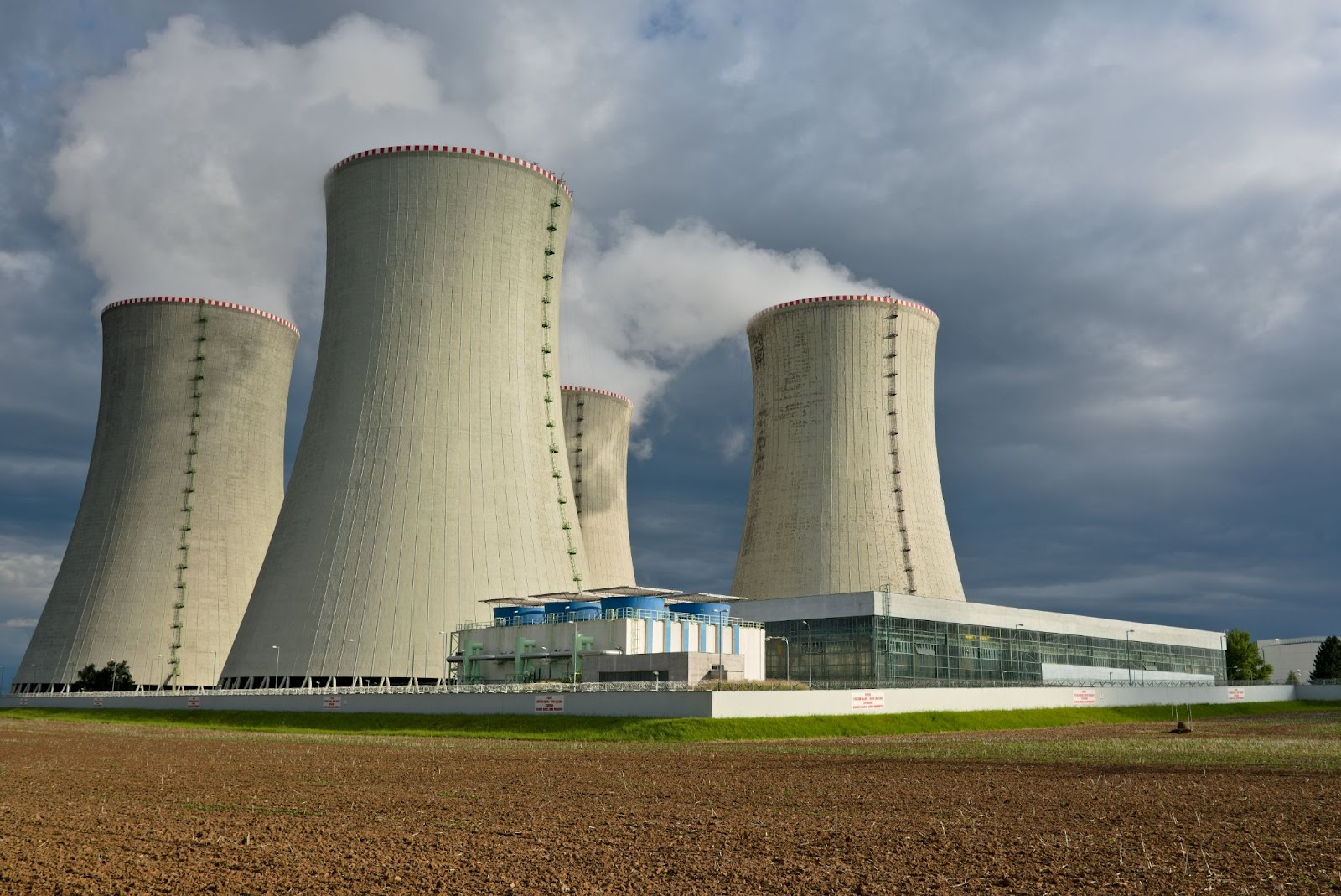To achieve a low-carbon future, we’ll need a comprehensive approach that involves multiple strategies. Here are some key ones:
Renewable Energy Deployment
- Increase solar and wind power capacity: Annual deployment of 1,000 GW of renewable power is needed to stay on a 1.5°C pathway.
- Invest in renewable energy technologies: Focus on solar PV, wind power, biofuels, hydropower, and geothermal energy.
Energy Efficiency and Electrification
- Improve energy efficiency: Enhance efficiency in buildings, industry, and transport to reduce energy consumption.
- Electrify end-use sectors: Promote electric vehicles, electric heating, and cooling to reduce fossil fuel dependence.
Infrastructure and Policy
- Develop enabling infrastructure: Invest in grid modernization, energy storage, and transmission infrastructure.
- Implement supportive infrastructure policies: Encourage policies that support renewable energy development and energy efficiency.
Financial and Social Aspects
- Increase investment in renewable energy: Quadruple annual investment to meet 1.5°C pathway requirements.
- Ensure a just and inclusive transition: Support workers in the transition to new energy sectors and prioritize community needs.
Global Cooperation
- Enhance international cooperation: Strengthen global partnerships to accelerate the energy transition and share best practices.
- Support developing countries: Provide technology, training, capacity building, and affordable finance to unlock their potential in the energy transition.


